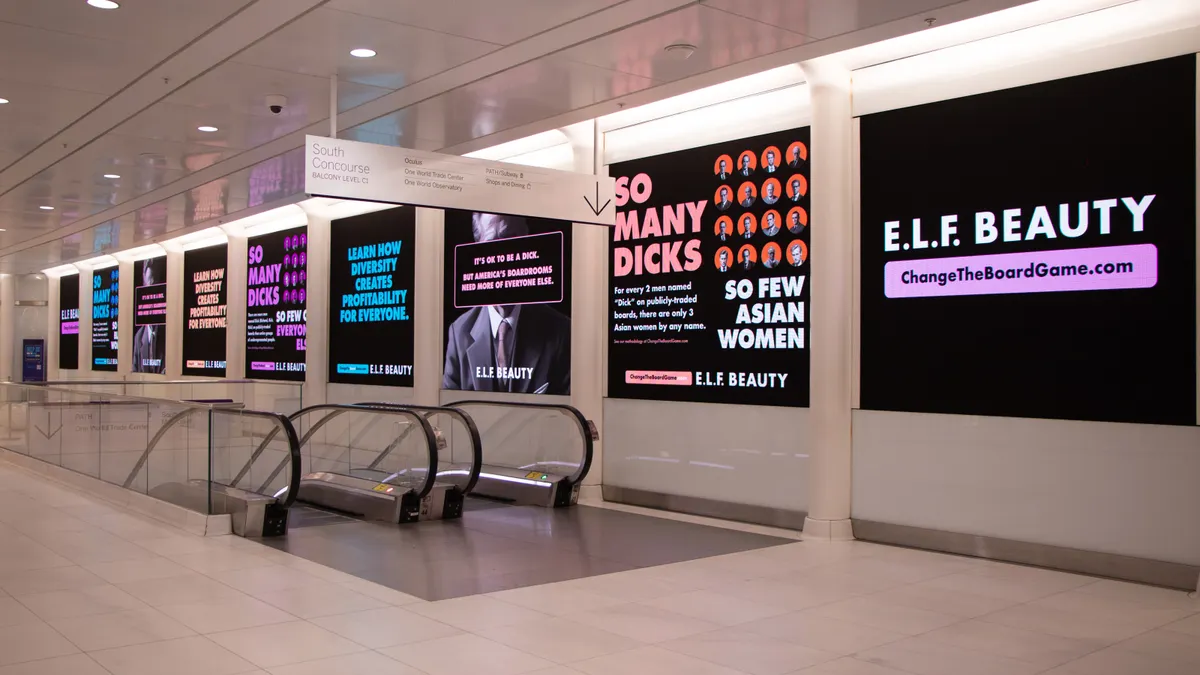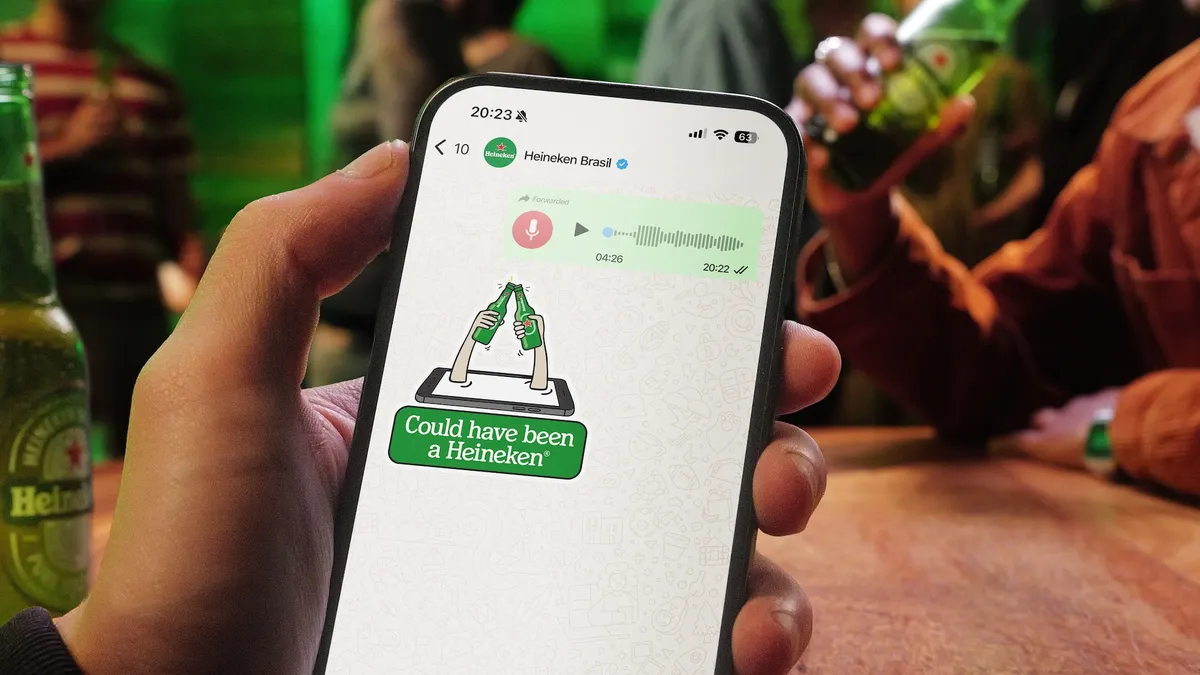Editor's note: The following is a guest post from Mahi de Silva, CEO and co-founder of Botworx, a brand chatbot measurement firm.
At the dawn of the Internet Age, marketers took advantage of the new medium by creating simple websites that basically provided a virtual window shopping experience. As the internet matured in terms of faster speeds and more users, websites did as well. Static online billboards turned into interactive resources that enabled customers to make purchases, interact with sales and customer service representatives and more recently, connect to a myriad of social media platforms. We’re experiencing a similar evolution with chatbots, and that holds enormous promise for marketers who want to create new levels of customer engagement. In fact, if you’re not working to turn your chatbot into a “conversational” bot, you’re already falling behind your competitors.
Chatbots on social media hit the mainstream in China with WeChat, and conversational interfaces have become mainstream with Apple’s Siri and Amazon’s Alexa. Today, the biggest software developers including IBM, Google, Microsoft and Facebook are investing heavily in the technology. But Silicon Valley is not alone in embracing chatbots. There are now more than 11,000 chatbots available in Facebook’s Messenger app from companies across virtually all industries that enable users to do everything from shopping and sharing photos to hailing a ride-sharing service or booking a dinner reservation.
Perfect timing
The evolution of chatbots comes at a time when traditional digital advertising tactics that provide only one-way interactions — from brand to customer — are becoming less effective. Brands push messaging, offers or services to users — but that should just be the first step. Moving beyond the one-time interaction and creating an avenue for back-and-forth engagement is the key to building long-term customer relationships.
That’s not possible if you rely on intermediaries like social media platforms to carry your marketing message via a display advertisement or some other form of integrated advertising. It’s a “pay and pray” strategy that places too much of the onus on customers with short attention spans to keep coming back to your site or mobile app.
Picture a funnel with a large group of potential customers at the top. Brands have no real control over which customers enter that funnel — they can only hope that display ads and app download links on the publisher’s site compel users to engage. Unfortunately, the percentage of people who decide to enter the funnel by following a specific call to action, such as registering a new account or providing an email address, is typically around 0.1%-0.2%.
A new marketing paradigm
Conversational bots enable brands to tell a story to a vast audience in a way that makes users feel like brands are tailoring interactions based on their individual likes and needs. This more closely resembles two-way conversations they would have if speaking to a sales associate while standing in a store aisle. They can conduct research, ask questions, make a purchase, request help and share experiences with friends all via a branded chatbot.
Brands can also gain more control over the customer journey by moving those at the top of the funnel into a longer-lasting journey. Initially, this might create more friction, but that enables you to build a more “sticky” relationship that's likely to yield better results in the long run.
Finding a capable partner
Artificial intelligence (AI) is the foundation of an effective chatbot. All good AI implementations require the collection of volumes of customer information and investment in technologies that enable an analysis of that data. Additionally, on the front end, chatbots require effective natural language processing and neural networks to understand and process the context of a user’s question or command. This also requires investment on the backend to transform that data into action.
Enabling conversational commerce is both a technical and marketing challenge. Building loyalty with customers is not as simple as rolling out a new chatbot (not to say that creating a good chatbot is simple). Brands must earn that trust, and that will take longer than convincing a customer to make a one-time purchase. It demands time and constant effort, but the payoff will be well worth it.
It sounds complicated, but there's a simple two-step process for brands of all sizes covering all industries:
1.) Rethink the campaign
Examine how you are using social media. Again, you want to be the publisher of content and push your message directly to customers and prospects. Do not rely on an intermediary.
2.) Keep the conversation flowing
You need an authentic voice to facilitate two-way interactions with customers, whether it’s about your new product or resolving an issue with customer service. How successful you are in collecting and analyzing information has a direct impact on your ability to automate those interactions still give customers what they want.
This takes real investment in both time and money. You can’t snap fingers and hope a chatbot will immediately provide a high level of customer engagement. It's a journey without instant gratification, but one that will generate compound rates of ROI.
Simply put, if you're a marketer in 2017, you can't afford to skip the chatbot bandwagon. Your competitors are almost certainly investing in making their chatbots more powerful and engaging to the customers you’re fighting to win. If they have a month or six month head start, you’re already at a significant competitive disadvantage.




















